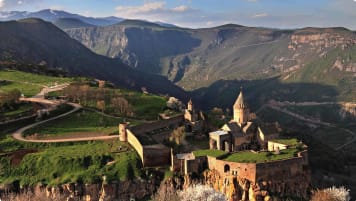Among the Mountains: A Guide to the Nations of the Caucasus
Article that introduces the Caucasus to the mature and senior traveller with a small group tour to Armenia, Georgia and Azerbaijan. The influence of Iran and the Ottomans as well as early Christianity are seen with this escorted group for couples and solo travellers.
25 Oct 19 · 10 mins read

Among the Mountains: A guide to the nations of the Caucasus
The three nations of the South Caucasus – Armenia, Azerbaijan and Georgia – have long been regarded as the ‘lands in-between’ – in-between Europe and Asia, Russia and the Middle East, Christianity and Islam. They have passed between a succession of rulers – Persian, Turkish, and Russian – and bear the influences of these various cultures. At the same time, the nations of the Caucasus are some of the most distinct in the world, home to particular ancient Christian rites, distinctive musical forms, and languages unrelated to any other.
This article will provide a basic overview of the landscape, nations, and pre-modern history of the Caucasus. It is part of our series of articles about Armenia, Azerbaijan, and Georgia, designed as backgrounders before you join our Tour of the Caucasus, or to help you as you firm your travel plans.
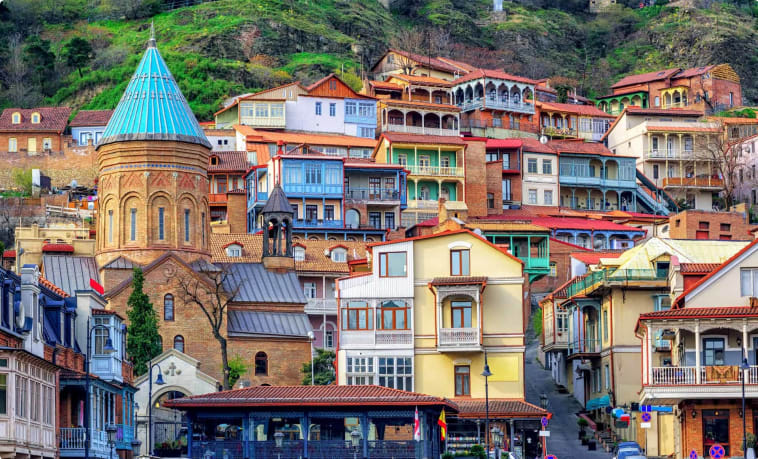
For more more information, we encourage you to read Thomas De Waal’s The Caucasus: An Introduction, which was used in the writing of this article.
The landscape:
The history and culture of the Caucasus region has long been defined by its landscape. The region is home to two major mountain chains: The Greater Caucasus and the Lesser Caucasus. The Greater Caucasus is the highest mountain range in Europe. The mountains mark a barrier with the Russian plains to the north, and extend in an arc from the Black Sea to the west to the Caspian sea to the east. The highest peaks include the two extinct volcanic cones: Mount Elbrus (5,642 metres) in Russia and Mount Kazbek (5,033 metres) in the north of Georgia.

The Greater Caucasus is a powerful geographic barrier. The South Caucasus – the topic of this article – is defined as the region south of this, and includes the three independent states of Armenia, Azerbaijan and Georgia. The North Caucasus is the region to the north of the mountains, and includes a number of nationalities now within the territory of Russia.
The second mountain range, the Lesser Caucasus, runs to the south of the main range, giving Armenia and western Azerbaijan a mountainous landscape. To the southwest of Armenia loom the twin peaks of Mount Ararat, sacred to the Armenian people, but within the borders of the Republic of Turkey.

Not all of the Caucasus is mountainous. The region contains the fertile wine-making valleys of eastern Georgia; the subtropical Black Sea coast; and the arid desert of central Azerbaijan.
Nonetheless, the mountains have defined life here. As a result, the region is extremely ethnically diverse, with a range of nationalities living within a relatively compact area with a population of around only fifteen million. It’s no wonder that Arabs have long called the Caucasus the ‘mountain of languages’. Together, the North and South Caucasus have the greatest density of distinct languages anywhere in the world.
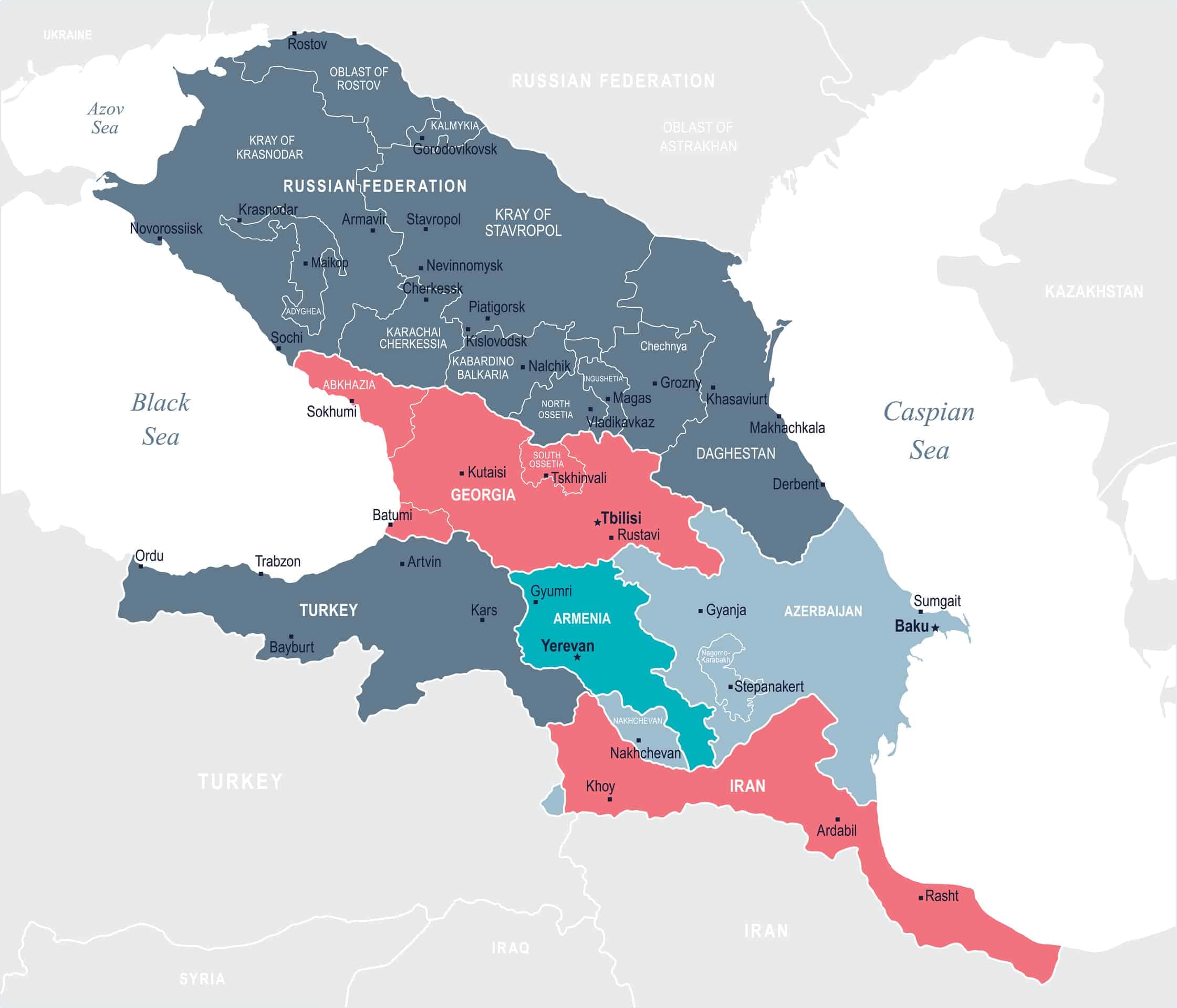
The South Caucasus contains around ten major nationalities: Azerbaijanis, Georgians, Armenians, Ossetians, Abkhaz, Muslim and Yezidi Kurds, Talysh, and Lezgins, most of whom speak mutually unintelligible languages. In addition to this, the main nationalities contain linguistic diversity within themselves: Mingrelians and Svans speak their own languages, related to but distinct from Georgian, while Karabakh Armenians speak a dialect incomprehensible to other Armenians.
The people:
At the same time, there is considerable overlap between the cultural and ethnic groups of the Caucasus. Though there are currently tensions between the three nation states, these have been accentuated by contemporary politics, and belie longer commonalities.
Caucasian nationalities share similar wedding and funeral traditions, and all have elaborate rituals of hospitality. Religion was once pragmatically observed: early 20th century memoirists recall that Azerbaijani Muslims frequently drank wine and vodka and ate pork. Shrines were revered by Christians and Muslims alike, such as the Tomb of St. George and the shrine of Dzivar.

The histories of three main capital cities of the region reflect this. Though the capital of Georgia today, Tbilisi (Tiflis) was established by Arabs and was primarily home to Armenian merchants in the Middle Ages. Yerevan (today’s capital of Armenia) was a ‘Persian’ city with a Muslim majority population, while Baku (the capital of Azerbaijan) was a cosmopolitan city, with Russian as the lingua franca.
Ancient histories:
The ancient history of the Caucasus remains fairly obscure. Archaeologists have found some of the earliest skulls in Georgia, while there are remnants of a flourishing stone-age culture in the region. Many scholars believe that wine-making and clothes were invented in today’s Georgia.
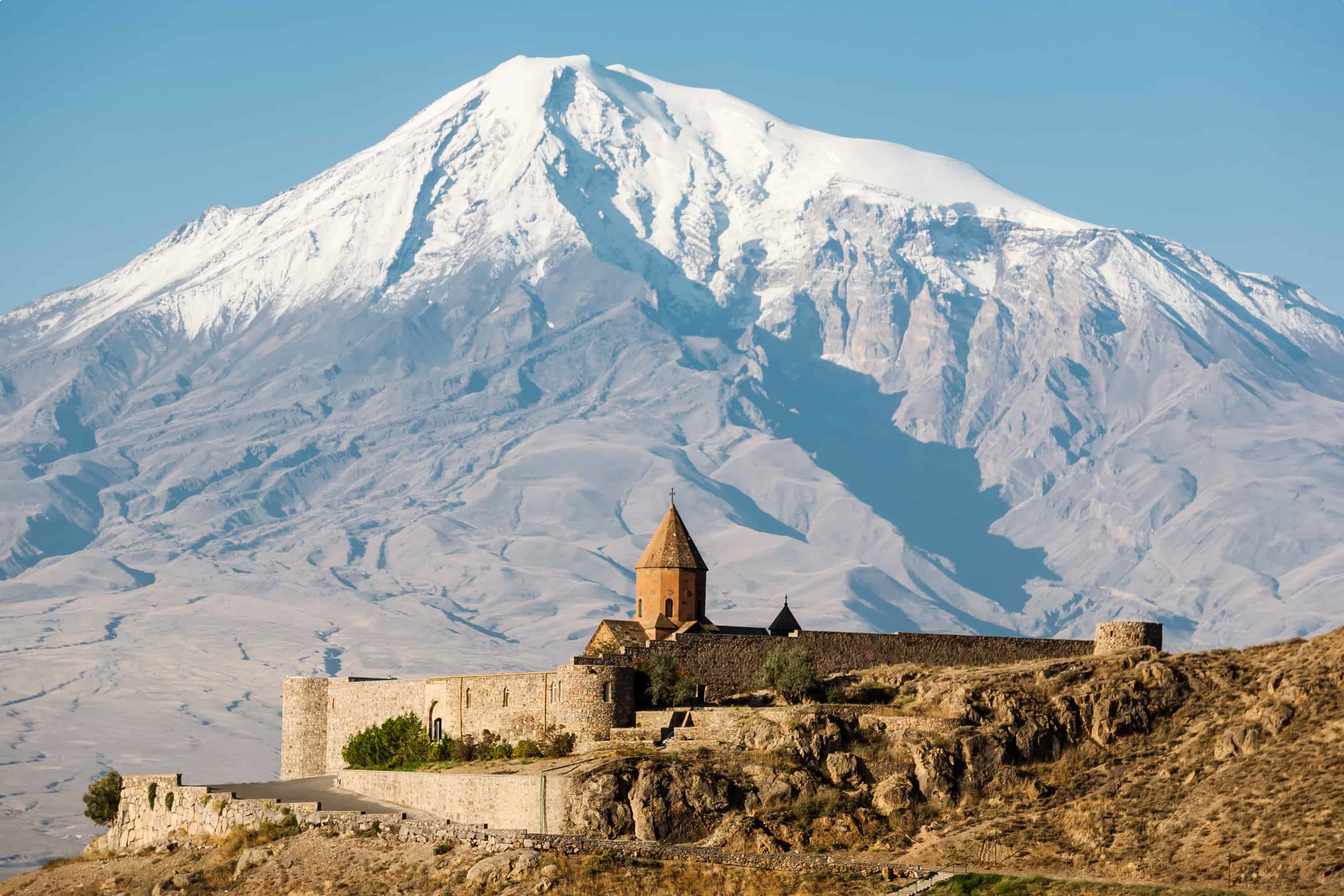
The Caucasus appears as a land of myth in Ancient Greek and Biblical stories. Armenians claim that, at the end of the biblical flood, Noah’s ark came to rest on sacred Mount Ararat. Cafes, shops, and even newsagents are named ‘Noyan Tapan’ (or Noah’s Ark) today. By contrast, Georgia lays claim to be the kingdom of Colchis, land of the Golden Fleece and the final destination of Jason and the Argonauts in Greek myth. According to a popular explanation, panners for gold used sheep’s fleeces to sieve out the precious metals – meaning that the fleeces became ‘golden’.
More tangible is the region’s ancient Christian history. Armenia and Georgia were the first and second nations to convert to Christianity, respectively, just before Constantine took up the new faith for the Roman Empire. This ancient Christianity remains central to national identity, and the national church still plays an important role in politics in both countries.

Ironically, despite the importance of Christianity in both countries, Armenia and Georgia have a rather tense relationship. This dates back to the fifth century AD, in which the Georgian Orthodox Church turned toward Byzantium, while Armenia remained separate. The Armenian church rejected the formulation of the dual nature of Christ agreed upon by theologians at the Council of Chalcedon in 451, and argued instead that Christ was only one person with two natures, divine and human.
As a result, Georgia became closer to the Greek world and the Orthodox sphere, while Armenians aligned themselves with the ancient Christian churches of the Middle East, the Syrians, Ethiopians and Copts. Even today, the Armenian Church is the official custodian of one of the four quarters of the Old City of Jerusalem (along with the Muslim Quarter, the Jewish Quarter and the Christian Quarter), home to a cathedral and a population of around 25,000.
Islam arrived in the Caucasus with Arab invaders who swept up the Caspian Sea coast from the south. Local inhabitants to the west stopped further advance, and four five hundred years, Islam remained confined to the southeast, today’s Azerbaijan. Following the Mongol invasions, a larger swathe of territory, including much of the North Caucasus, became Muslim.

For centuries, the South Caucasus was dominated by two great Muslim powers: Persia and the Ottoman Empire. Though Armenia and Georgia remained Christian, Islam became universal in Azerbaijan. Due to its ties with Persia, the Shia faith dominated – though Azerbaijanis were ethnically and linguistically related to the Sunni Ottoman Turks.
Azerbaijan:
The history of the Azerbaijani people is much harder to trace than that of their neighbours, the Armenians and Georgians.
Until modern times, the word ‘Azerbaijan’ was more often applied to the northern Turkic-populated part of Iran to the modern day state of Azerbaijan. The river Araxes, today’s border between Iran and Azerbaijan, only became noticeable in the nineteenth century. Prior to that, the lands to the south and north of the river were generally part of the same kingdom. The Azerbaijani city of Ganja was the location of one of the four great fires of the Persian Zoroastrian religion, while later the city’s famous poet, Nizami, writing in the 12th and 13th centuries, was claimed as a cultural icon by both Azerbaijanis and Iranians.

During the period of the Safavid Empire, the rulers of Persia were culturally Azeri. The founder of the empire, Shah Ismail I, came from the city of Ardebil. At the time, Ardebil was regarded as Azeri. Of mixed parentage, Ismail spoke both Persian and Azeri, and wrote poems in Azeri under the name Khatai. Under Safavid rule, over twelve hundred Azeri words – mostly dealing with military and administrative matters – entered the Persian language.
Though located in Iran today, the majority population of Ardebil remain ethnically and lingustically Azerbaijani, the heartland of Iran’s 25 million ethnic Azerbaijanis – three times the population of the state of Azerbaijan. So far, there has been no mass movement for closer ties with the north.

Following the end of the Safavid dynasty in 1722, Azerbaijan came under Russian domination. Azeri identity remained flexible: in the late 19th century, wrote the historian Brenda Shaffer, ‘Azerbaijanis could consider themselves both Turks and Iranians, or Russian subjects, with little conflict.’
A sense of ethnic continuity is further fractured by the fact that the Azeri language has been written in three alphabets since the 1920s: the script was changed from Arabic to Roman in the 1920s, to Cyrillic in the 1930s, to Roman in the 1990s. As a result, even educated Azerbaijanis struggle to read their history in their own language.
Independence from the Soviet Union in 1991 has strengthened Azerbaijani identity. For the first time, the nation’s international borders have been recognised. The map of Azerbaijan has, as a result, become a national symbol, printed on coins and other paraphernalia.

Armenia:
The Republic of Armenia is the smallest of the three South Caucasian states, but it might have the most international presence, due to the diaspora of over 10 million Armenians living around the world today.

Armenians look back to a golden age in the first century BC, when King Tigran the Great built the strongest gate east of the Roman Republic. Since then, Armenian history has been one of foreign rule and dislocation. Armenians commemorate defeat at the Battle of Avarayr in 451, which established Persian rule – though Armenians were allowed to keep their Christian faith and identity.
Living under foreign rule for centuries, Armenians kept collective identity through the church, the written language, and a tradition of yearning for the glorious past. The Armenian diaspora scattered around the world, from Venice to Istanbul; Isfahan to Calcutta.
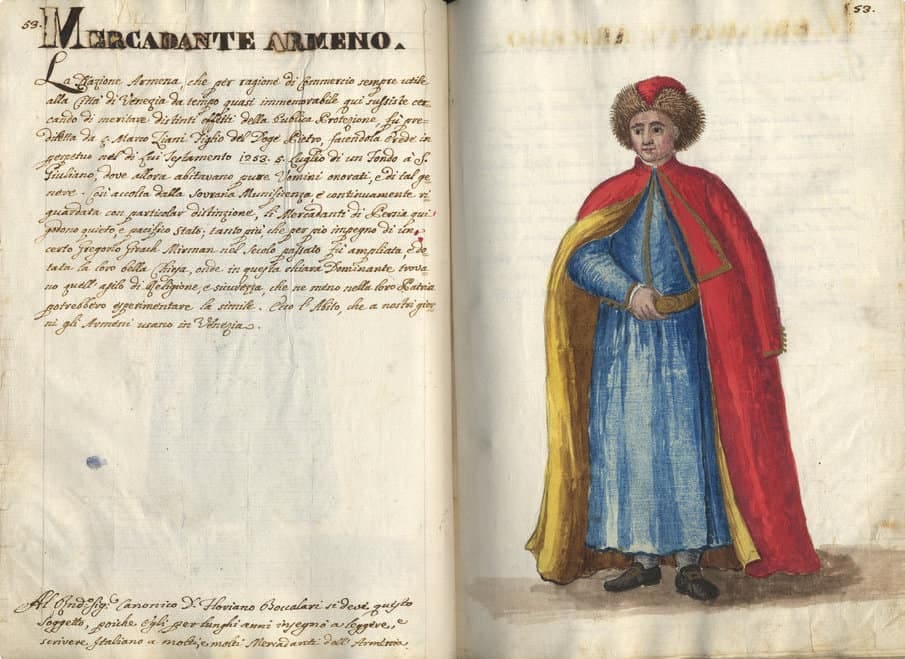
Much like the Jewish diaspora, Armenians were often stereotyped as wealthy merchants, bankers, and craftsmen. As a result, an image of the ‘crafty mercantile Armenian’ was created, often furthered by Georgians and Azerbaijanis (De Wall, The Caucasus, 29).
The Armenian diaspora grew further after the Armenian Genocide, or the violent expulsion of all Ottoman Armenians in 1915. Survivors scattered from Beirut to Los Angeles. Today, roughly two-thirds of Armenians live outside Armenia itself, most having roots in Anatolia and speaking a dialect distinct from the language spoken in the Republic of Armenia itself.
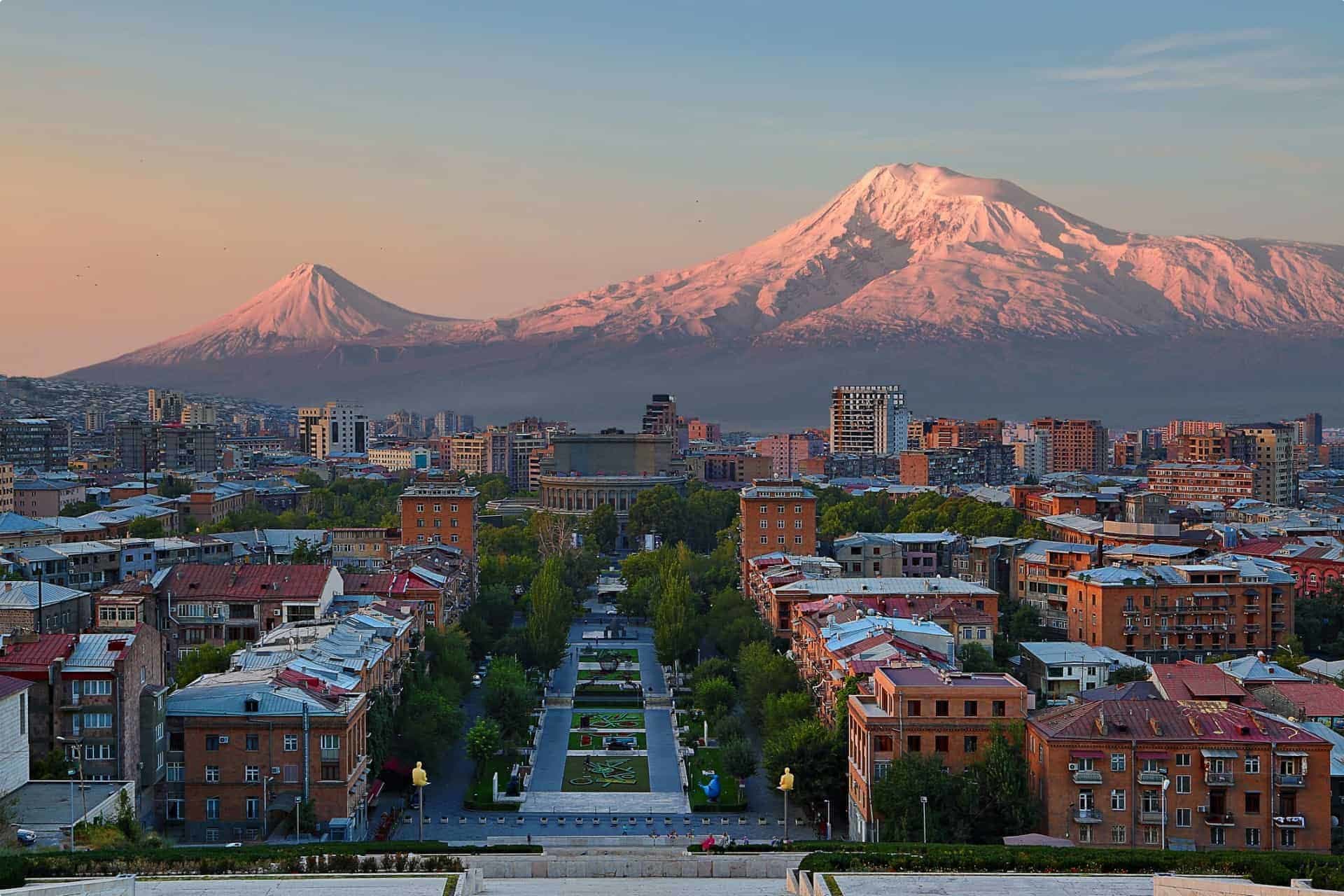
Georgia:
Georgia is often perceived as the most ‘Caucasian ‘of the three countries of the South Caucasus. While Azerbaijan is culturally linked with Iran, and Armenia to the large diaspora, the Georgian people are famous for rarely leaving Georgia. Unlike Armenian, which is part of the Indo-European language family, and the Turkic Azeri, Georgian is the dominant language in its own distinct language family, related only to even obscurer South Caucasian languages, and written in its own distinct script.

For outsiders, Georgia has long been regarded as a land of natural beauty, hospitality, and a friendly and passionate people. The writer John Steinbeck recalls of his travels around the Soviet Union that:
Wherever we had been in Russia, in Moscow, in the Ukraine, in Stalingrad, the magical name of Georgia came up constantly … [T]hey spoke of the country in the Caucasus and around the Black Sea as a kind of second heaven (quoted De Waal, The Caucasus, 31).
Georgia’s brief ‘Golden Age’ is held to have occurred in the Middle Ages, beginning with David the Builder and ending with the reign of his great-granddaughter, Queen Tamar. The most famous churches were built in this period, and a literary language was forged with the writing of Georgia’s national poem, ‘The Knight in the Panther Skin’, written by Shota Rustaveli. In 1121, King David defeated a Seljuk Turk army, in what is still commemorated as the ‘wonderful victory’.

The Golden Age ended with repeated Mongol invasions. For the succeeding five centuries, Georgia was passed between Iranian and Ottoman rule, before becoming part of the Russian Empire in the early 19th century.

If this article has interested you in visiting these fascinating countries, think about joining our Tour of the Caucasus. Our small group tours delve into the history and culture of Armenia, Azerbaijan, and Georgia, taking you to Silk Road cities, ancient monasteries, and hundreds of years old wineries.
About Odyssey Traveller

We specialise in educational small group tours for seniors, typically groups between six to 12 people from Australia, New Zealand, USA, Canada and Britain. Our maximum number of people on a tour is 18 mature aged travellers. Typically, our clients begin travelling with us from their mid 50’s onward. But be prepared to meet fellow travellers in their 80s and beyond! Both couples and solo travellers are very welcome on our tours. We have some 200 tours and offer 500 scheduled departures on offer each year. Odyssey has been offering this style of adventure and educational programs since 1983.
Odyssey Traveller scholarship for Australia & New Zealand University students.
We are also pleased to announce that since 2012, Odyssey has been awarding $10,000 Equity & Merit Cash Scholarships each year. We award scholarships on the basis of academic performance and demonstrated financial need. We award at least one scholarship per year. We’re supported through our educational travel programs, and your participation helps Odyssey achieve its goals. Students can apply for the scholarship by clicking on this link to find out more details.
Join our loyalty program when you join an international small group tour.
Every International small group tour taken typically contributes to your membership level in our Loyalty Program for regular travellers. Membership of the alumni starts when you choose to take your first international small group tour with Odyssey Traveller, discounts in tour pricing for direct bookings accrue from your third tour with Odyssey Traveller. To see the discounts and benefits of being a Bronze, Silver, Gold, and Diamond alumni member with us, please see this page.
For more information on Odyssey Traveller and our educational small group tours, visit and explore our website, and remember to visit these pages in particular:
- Terms and conditions applicable for booking an Odyssey Traveller tour.
- FAQ’s about Odyssey Traveller
Alternatively, please call or send an email.
Related Tours
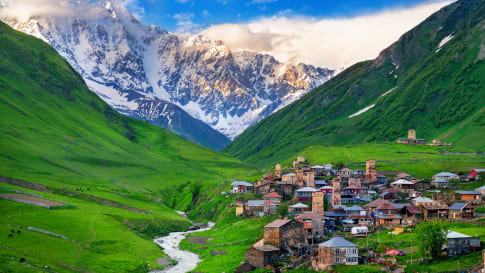
22 days
May, OctSmall Group Tour to the Caucasus | Armenia Azerbaijan Georgia
Visiting Armenia, Azerbaijan
This small group program is designed to give people an opportunity to explore Tbilisi, Baku, Yerevan as well as important monuments, historical and religious sites, diverse landscapes and ancient architecture by visiting the Caucasus Mountains and the lowlands of Armenia, Georgia and Azerbaijan. Led by local English speaking guides, there will be the opportunity to meet local people.
From A$11,835 AUD
View Tour